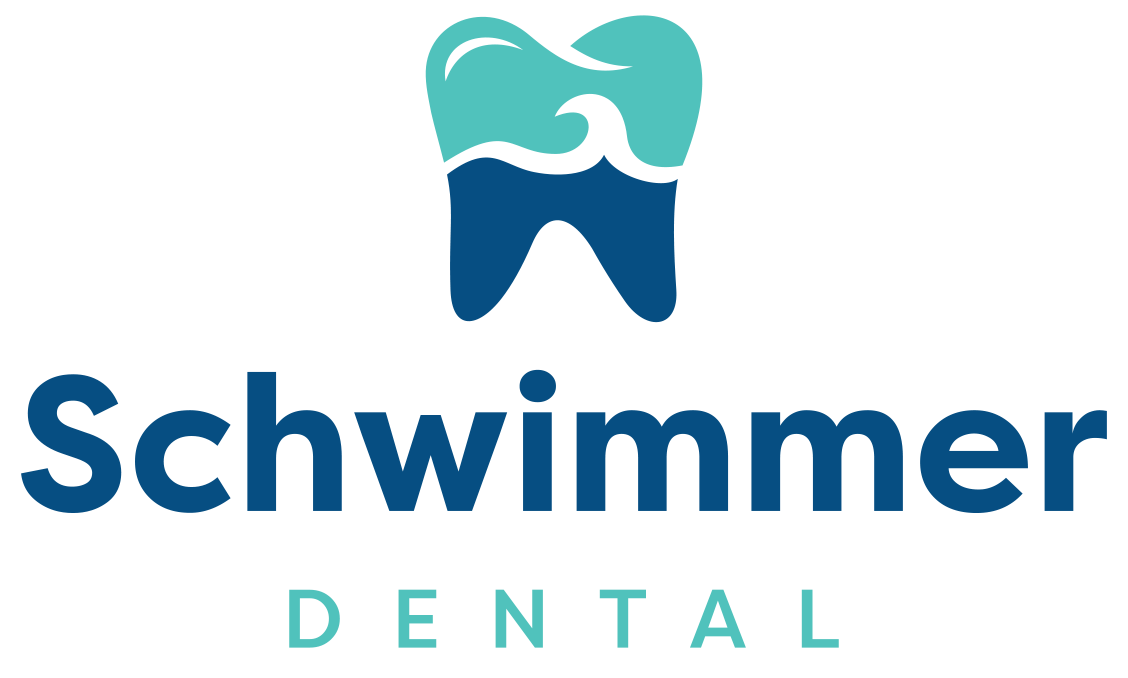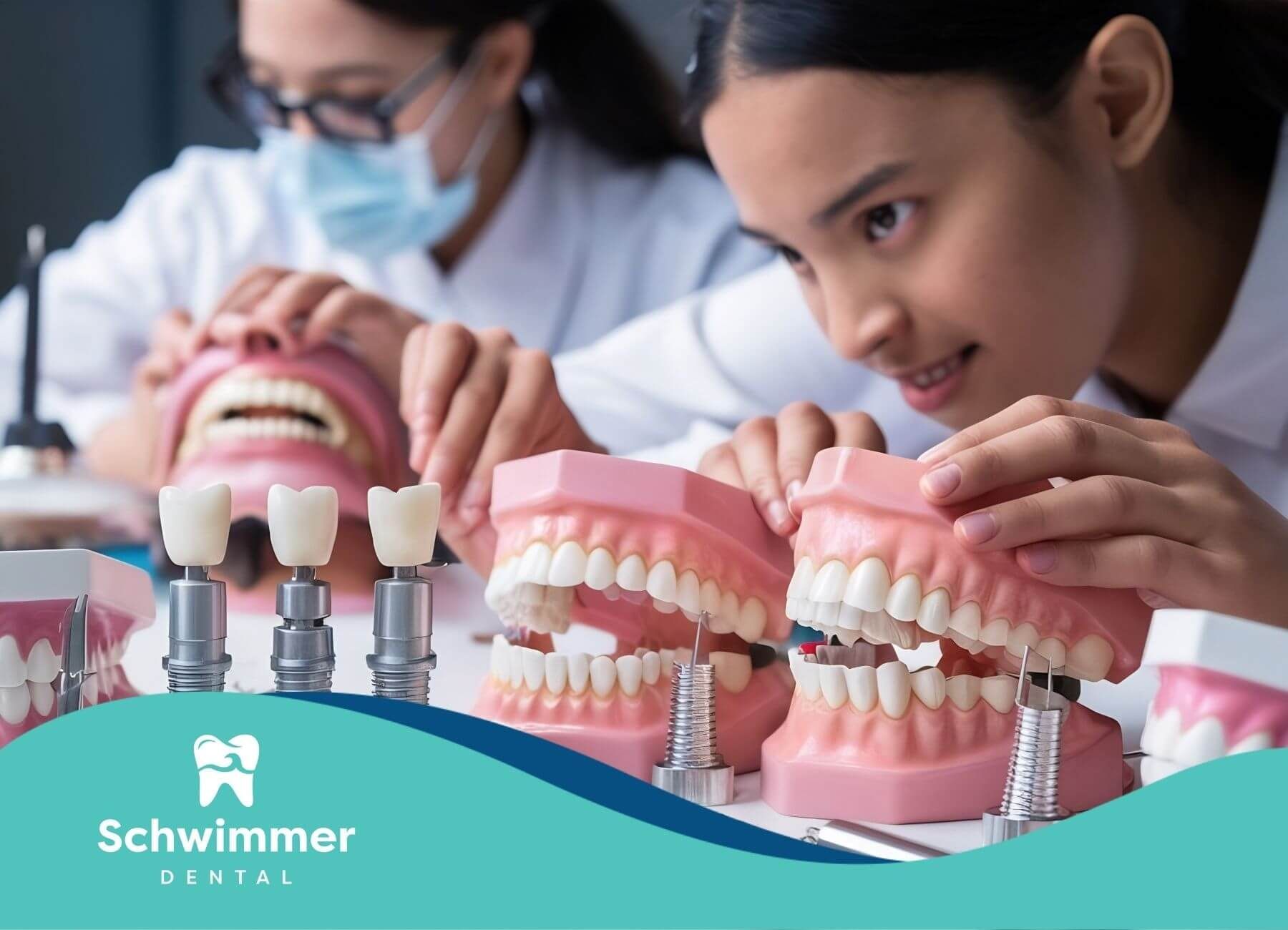Dental Inlays vs Onlays: What’s the Best Choice for Your Smile?
As a dentist in NJ, I’ve had countless patients come in unsure about the difference between fillings, crowns, inlays, and onlays. One patient, Sarah, had a large filling fall out and assumed she needed a crown.
But after examining her tooth, an onlay turned out to be the perfect middle ground — less invasive than a crown, but far more supportive than a filling.
So if you’ve got moderate tooth damage or decay and don’t know what your options are, this guide will help. We’ll break down the differences between dental inlays and onlays — with clear examples, pros and cons, materials used, and how the procedure works.
What Are Dental Inlays and Onlays?
How They Work
Dental inlays and onlays — often called indirect fillings — are used when a cavity is too large for a simple filling but the damage isn’t bad enough to need a crown. They’re custom-made in a dental lab based on an impression of your tooth, ensuring a perfect fit.
Why Dentists Use Them
These restorations are ideal for:
- Preserving more natural tooth structure
- Providing a tight, long-lasting seal
- Offering a more durable and aesthetic alternative to standard fillings
In my practice, I often recommend inlays or onlays when patients want a conservative, long-term solution that blends strength with appearance.
What Is a Dental Inlay?
Where It's Used
An inlay fits inside the grooves of the tooth, specifically the chewing surface between the cusps. It’s commonly used for molars with moderate decay or old fillings that need replacement.
Types of Inlays
- Direct Inlays: Made and placed in the same visit using a moldable material.
- Indirect Inlays: Created in a lab and cemented at a second appointment.
Real-World Example
A patient once came in with a chipped filling on a back molar. The damage wasn’t visible unless you looked closely, but it affected chewing.
A porcelain inlay restored the shape, sealed the tooth, and blended in so well she couldn’t tell which tooth had been worked on.
What Is a Dental Onlay?
When It’s the Right Choice
An onlay covers more of the tooth — including one or more cusps. It’s used when the damage extends beyond the grooves or when a tooth has a fractured cusp.
Why It’s Called a “Partial Crown”
Onlays offer the benefits of a crown without removing as much natural tooth. They’re bonded over the tooth to protect the structure and restore function.
How the Procedure Works
- Initial Visit: Decay is removed, and an impression is taken.
- Temporary Restoration: A temporary onlay is placed.
- Second Visit: The permanent onlay is bonded to the tooth.
Inlays vs. Onlays: Key Differences
Coverage and Function
| Restoration Type | Surface Area Covered | Best For |
|---|---|---|
| Inlay | Fits within the tooth’s grooves | Moderate decay |
| Onlay | Extends over one or more cusps | Larger restorations and fractures |
Summary
Inlays restore the inner chewing surface of a tooth. Onlays go a step further, reinforcing weakened cusps and preventing cracks or future damage.
As a general rule in my own practice, if more than one cusp is compromised, I recommend an onlay.
What Materials Are Used for Inlays and Onlays?
Common Options
- Porcelain: Great for visible teeth. Matches color and resists stains.
- Composite Resin: Looks natural and works well for smaller restorations.
- Gold: Long-lasting and extremely durable — ideal for molars.
- Metal Alloys: Less aesthetic but more affordable.
What I Recommend
For patients who grind their teeth, gold may be a better investment despite the appearance. But for front-facing teeth or anyone prioritizing looks, porcelain blends in beautifully.
Pros and Cons of Inlays and Onlays
Advantages
- Preserve natural tooth: Minimal removal compared to crowns.
- Durability: Can last 15–30 years with proper care (ADA, 2023).
- Aesthetics: Especially with porcelain or composite options.
- Custom fit: Reduces risk of future decay or tooth stress.
Disadvantages
- Cost: More expensive than fillings upfront.
- Time: Usually requires two dental visits.
- Not always an option: Severely damaged teeth may still need crowns.
Who Should Consider an Inlay or Onlay?
When They’re the Best Option
- You’ve had a filling break or wear out.
- You have moderate decay that doesn’t reach the root.
- You want a solution that lasts longer than composite fillings.
When to Avoid
- If the tooth is severely cracked or infected.
- If you grind your teeth and want to avoid brittle materials like porcelain.
How Long Do They Last?
With proper oral care, inlays and onlays typically last 15 to 30 years. Gold restorations tend to outlast others, while composite ones may need replacement sooner.
Avoid chewing hard foods or ice on the restored tooth, and keep up with regular cleanings.
What’s the Procedure Like?
Is It Painful?
Not at all. Most patients compare it to getting a filling. We use local anesthesia, and some practices even offer same-day restorations with CAD/CAM technology.
How to Care for Them
- Brush and floss like normal.
- Avoid sticky or hard foods for a few days after placement.
- Schedule dental checkups every 6 months.
Does Insurance Cover Inlays and Onlays?
Yes — most dental insurance plans cover a portion of the cost, especially if the restoration is medically necessary. Be sure to check with your provider beforehand.
Conclusion
Inlays and onlays are excellent choices for restoring damaged teeth when fillings just won’t cut it. They preserve natural structure, offer great durability, and keep your smile healthy and natural-looking.
Whether you need a dental inlay, onlay, or just a professional opinion — Schwimmer Dental is here to help. We specialize in long-lasting, natural-looking restorations that protect your smile and preserve your tooth structure.
Book your consultation today and let’s find the right solution for your dental needs.
Frequently Asked Questions
Are inlays or onlays better for large cavities?
For larger cavities, onlays are often the better option. They cover the parts of the tooth that have decay, along with the cusps. Inlays, on the other hand, work well for small spots of decay inside the grooves of the tooth. It is best to talk to your dentist for advice that fits your needs.
How long do dental inlays and onlays last?
With the right care, dental inlays and onlays can last from 15 to 30 years. How long they last also depends on what material is used and the way you look after them. When a dental lab makes these permanent restorations, you get both durability and a more natural look.
How do I care for my inlay or onlay?
The tooth needs regular dental care to stay in good shape after a restoration. Brush and floss every day to help keep it clean. Do not bite hard things with the part of the tooth that has an inlay or onlay. Make sure to visit your dentist often for checkups. Proper care will help the part of the tooth with an inlay or onlay be strong and durable.
Sources:
- https://www.sciencedirect.com/topics/medicine-and-dentistry/inlays-and-onlays
- https://worldofdentistry.org/inlay-vs-onlay/
- https://pubmed.ncbi.nlm.nih.gov/30019391/
- https://meridian.allenpress.com/operative-dentistry/article/46/1/25/464229/Long-term-Clinical-Performance-of-Composite-Resin
- https://onlinelibrary.wiley.com/doi/10.1111/jerd.13114



